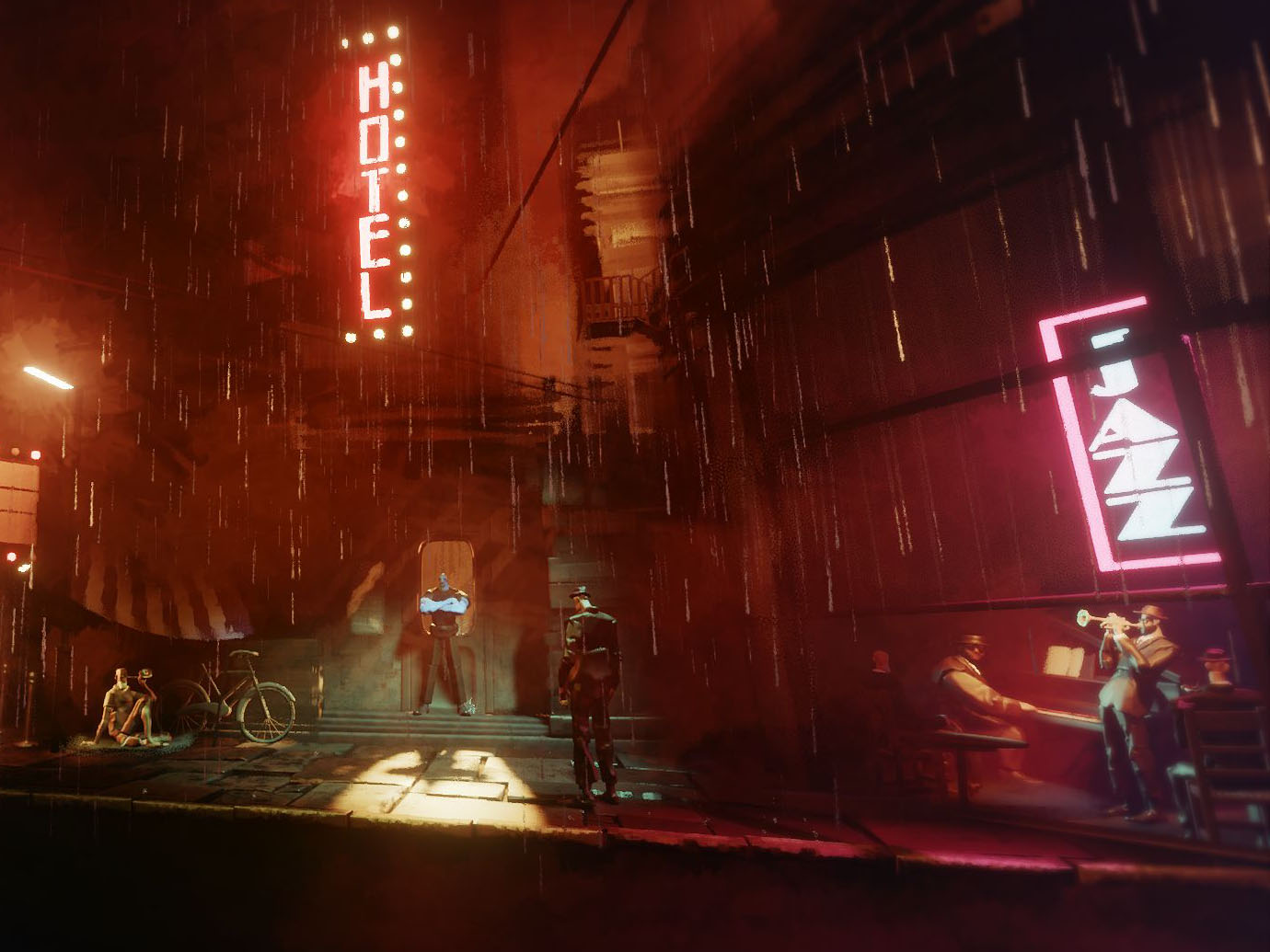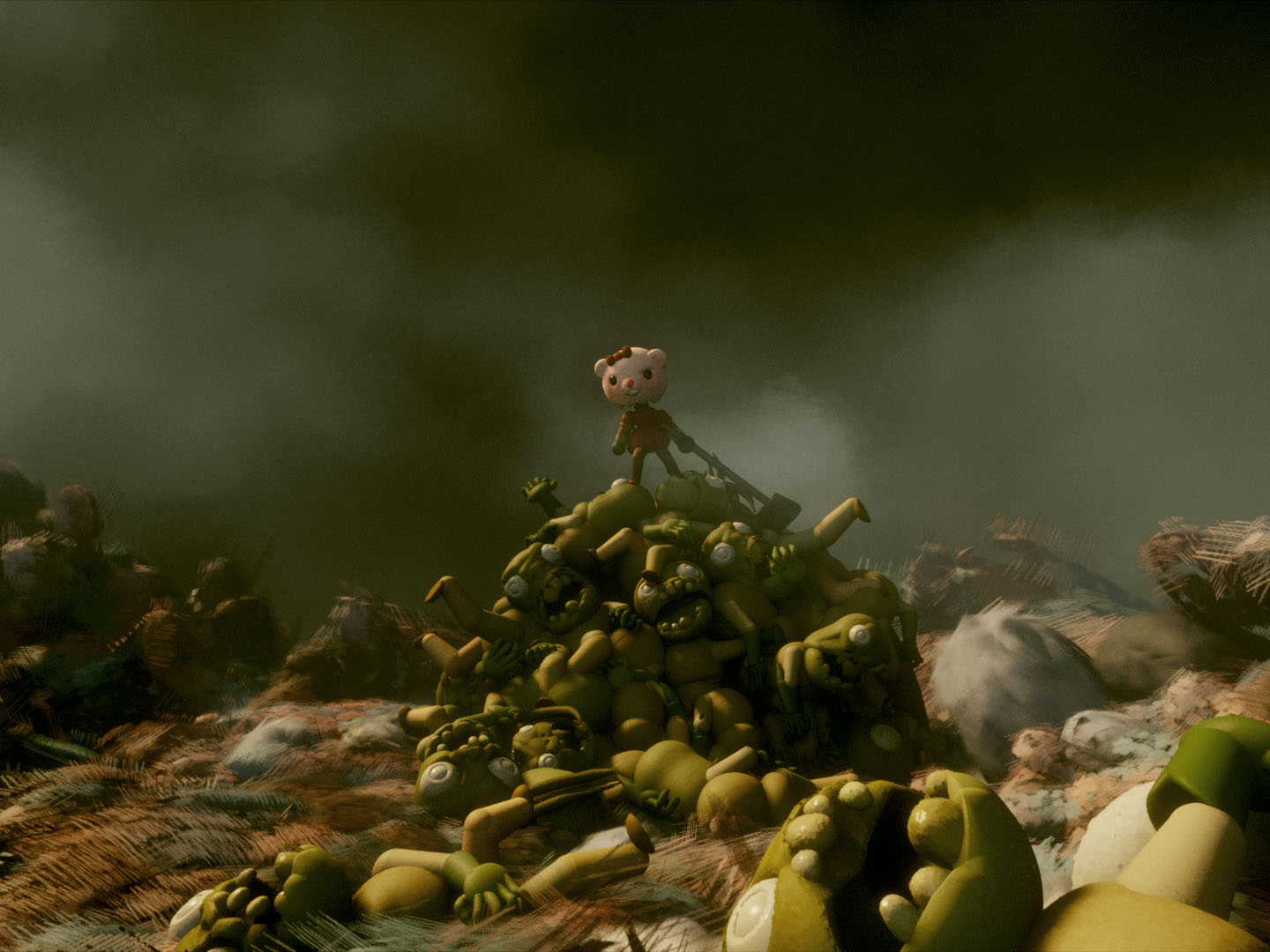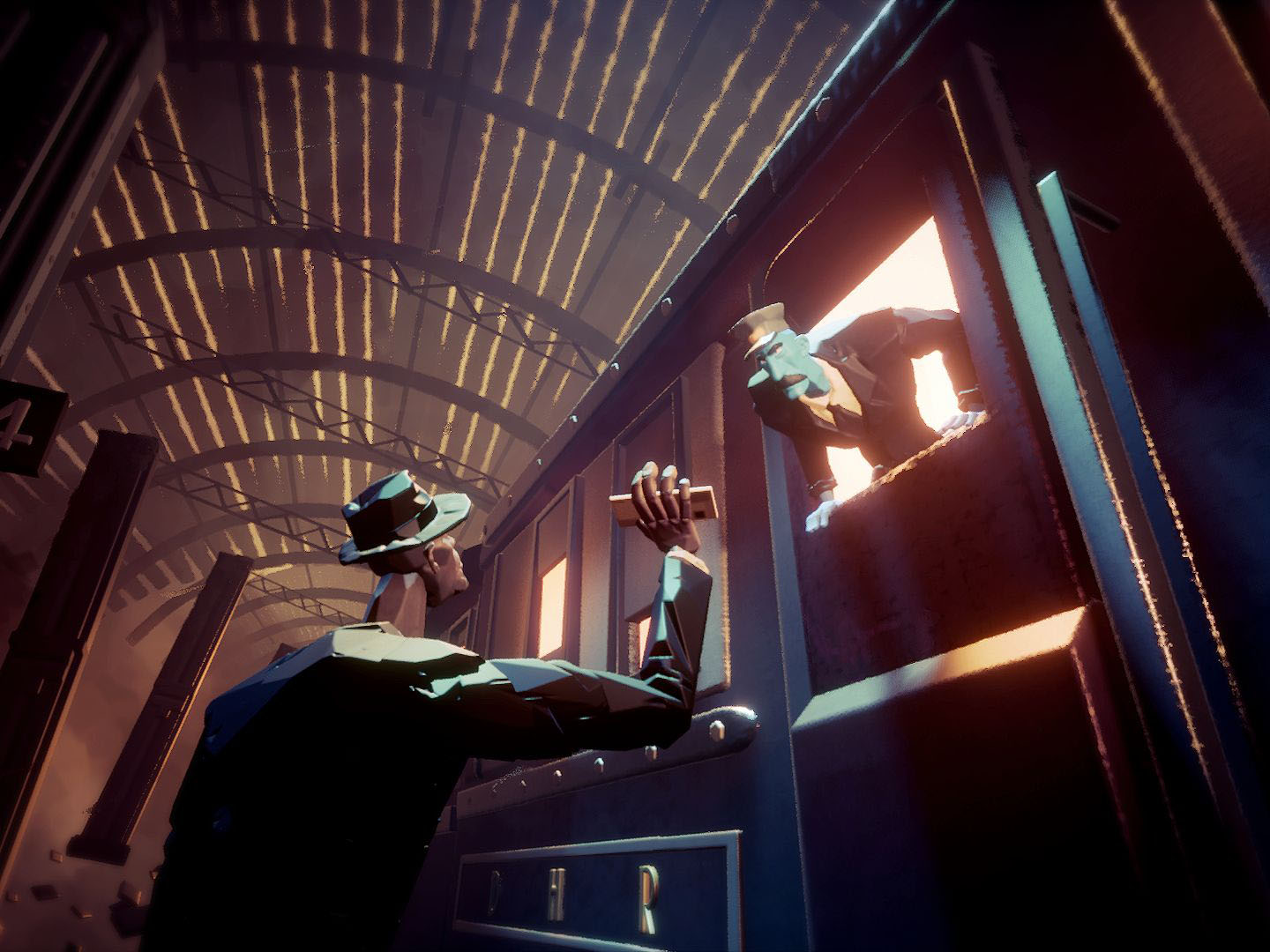Dreams review
Imagine it, make it

Dreams isn’t really a game.
Rather, it’s a platform for creating your own. It’s also a platform for creating animations. And interactive art installations. And music. And if you don’t want to do any of that, you can spend your time diving into the (often alarmingly warped) imaginations of others instead. Creating, consuming and sharing are the pillars on which Dreams is built.
Guilford-based developer Media Molecule has never lacked ambition. Its debut title, the PlayStation 3’s LittleBigPlanet, laid the foundations for the company’s vision of democratised game design. Over the years LBP amassed an enormous online library of user-generated 2D platforming levels, no doubt serving as inspiration for Nintendo, which launched its own take on the concept with Super Mario Maker several years later.
With Dreams, Media Molecule doesn’t want to limit you to a specific genre. It has built a head-spinningly complex (but crucially accessible) engine in which you can make pretty much whatever you want. The game, which is better thought of as a platform, is still in its infancy, but already it’s impossible not to be impressed by what the community has managed to produce.
Dreams is an evolving (not) game, with many of its budding creators still getting to grips with its dizzying toolset. It is, then, a difficult thing to review in the traditional sense…but here goes.
Start with Art
When you first boot up Dreams, it can be tempting to head straight to the game creation mode to see if you’re a Miyamoto-in-waiting. This would probably be a mistake.
That Media Molecule has taken the most complex and multidisciplinary entertainment medium and stripped away its impenetrability is a minor miracle, but that doesn’t mean the design suite isn’t overwhelming at first. To see what’s possible on the platform, you should play Art’s Dream, the two(ish)-hour campaign created by Media Molecule.
It’s a sweet, stylishly-told and just a bit too twee tale of self-rediscovery, starring a washed up double bassist named Art who enlists his childhood toys to help him battle inner demons, get his mojo back and reconnect with his estranged jazz band. Just go with it.
It’s not a narrative that lingers, but pertinently Art’s Dream has an over-arching message about encouraging your creative side. And what the genre-hopping romp does brilliantly is showcase just how versatile Dreams is. One minute you’re a fox, 3D platforming in a watercolour fantasyland, the next you’re playing a point and click game in a grimy back alley and watching a mean-spirited bouncer taunt you by means of a ludicrous musical number.
The latter stages of the game manifest as psychedelic on-rail shooter levels and faceoffs with a giant hand stalking you on a moving staircase in the night sky.
The disappointment is that right now this is the developer’s only campaign of any substance. If you’re expecting a 15-hour epic, you’re going to be disappointed. But we’re hoping Media Molecule will add further short form experiences in the future.
Dream on

Dreams lets you create games without writing a line of code, animations without any proper training and music without investing in a separate DAW. But that doesn’t mean you’ll be able to dive into Dream Shaping – the name given to creator mode – and immediately put the wacky ideas in your strange little head on-screen.
You really can build entire games on this platform, but first you’ll need to learn how to sculpt, paint, add text and arrange music. Mastering the edit screen camera controls alone takes a while, and this is all before you start thinking about logic and physics. It’s a lot to take in.
Good thing, then, that Media Molecule has produced a comprehensive set of interactive tutorials. You’ll forgive the slightly patronising narration when each lesson is so well put together and, dare we say it, fun.
You’ll also find a variety of how-to videos on everything from designing squeaky doors, bounce pads and interactive chests, to the multi-stage process of making eyes blink.
Creation in Dreams is based around the largely underused motion controls built into the DualShock 4 pad, which are used to move your cursor, an Imp. You’ll also learn a number of button inputs for editing shortcuts. Using all of the above in tandem doesn’t make for the most intuitive system at first, but you’ll soon get used to it. And if you’ve got a pair of Move controllers lying around, they offer more precision. Tapping a button on the D-pad will handily undo your previous action, so messing up is never really an issue.
Using motion controls to animate an object in-game is incredibly liberating knowing how complex such an action would be in traditional game development. The same goes for applying delicate paint brush strokes to your creations with the thumbsticks.
Once you’ve got to grips with the basics, you can get to work creating scenes (individuals levels) using the many tools located in a menu at the top of the screen. Alternatively, you can remix levels uploaded by others and use other players’ assets. We spent a good half an hour messing around with a half-baked (but gratefully received) Yoshi level, even if it mainly involved wonky platform implementation and cloning the little dinosaur into a small army.
Media Molecule has also included basic level templates for FPS games and ball-rolling puzzlers, which you’re free to mess with as much as you like.
Who shares wins
Creation is only half of the Dreams package. The other is Dream Surfing, essentially a social network for creativity.
When you like something in Dreams, you can give it as many thumbs up gestures of approval as you see fit. The most liked creations are easily browseable by setting a filter, while you can also search for games you’ve previously played, games you haven’t, and dreams that have been updated since you last logged in. Media Molecule recommends games on the home screen, and runs regular community jams centred on a theme.
Best of all is Autosurf mode, which is Dreams’ version of shuffle songs. Spend half an hour on here and you may well need a lie down. One minute you’ll be playing a fairly rudimentary open-world Spider-Man game, the next you’re marvelling at a staggeringly accurate remake of the fleeting horror classic, P.T., or a near photorealistic digital painting of a greasy fry-up.
Another dream that has already garnered classic status is Art Therapy, a comedy stealth game that gives you a baseball bat and tasks you with smashing as many art exhibits as possible without being caught by the patrolling guards. It’s a simple idea, well executed. In our time with Dreams we watched a piece of asparagus perform stand-up comedy, got trolled by god on the way to heaven, nearly teared up at a bewitching Freddie Mercury tribute, and perhaps most impressively of all, sampled a half-decent 3D Sonic game.
Dreams can be small – a cube asking other cubes for a hug as they refuse and instead opt to plummet to their deaths – or multi-level RPG epics. The variety on show is already as astonishing as the quality is wildly varying. But if you hate a level, skipping or exiting it barely takes seconds.
It goes without saying that games in Dreams lack the polish you’ll find in professionally made games, but in a way, the clunkier ones are almost endearing. The game just wants you to make something and put it out there, and we applaud anyone who takes the time to make something even remotely playable.
Dreams verdict

Media Molecule has likened Dreams to YouTube, and comparisons have also been made to SoundCloud. That it has even been mentioned in the same breath as either at this stage is premature, but if Media Molecule and Sony keep nurturing and supporting the software for years to come? Who knows.
Dreams doesn’t care if you’re a player or a creator, as long as you’re having fun, and those who do fancy themselves as the game designers of tomorrow will be blown away by the extensive creation suite.
Sure, there’s going to be a limit to how ambitious you can get within the the confines of the engine, but we can’t wait to see just how far the most dedicated dreamers can push it.
Stuff Says…
A longer Media Molecule-made campaign would have been nice, but Dreams is about giving players the tools, and in this it arguably succeeds more than any game before it
Good Stuff
Loads of useful tutorials to get you started
Seriously impressive creation tools
Art’s Dream is a good showcase for Dream’s potential
Encourages creativity like no other game
Huge selection of user-generated levels
Bad Stuff
Those expecting a longer campaign might feel shortchanged
Controls aren’t perfect






